The 1980s was a decade of excess, creativity, and self expression, and men’s hair fashion was no exception. Men across the globe embraced dramatic hairstyles that were as bold as the music, culture, and social changes of the era. The trends from the 1980s transformed men’s hair fashion into an expression of individuality, rebellion, and style. From voluminous, teased hair to sleek and structured cuts, men during the 1980s weren’t afraid to make a statement with their hair. This article will explore the evolution of men’s hairstyles in the 1980s, examining the most influential trends and their cultural significance.
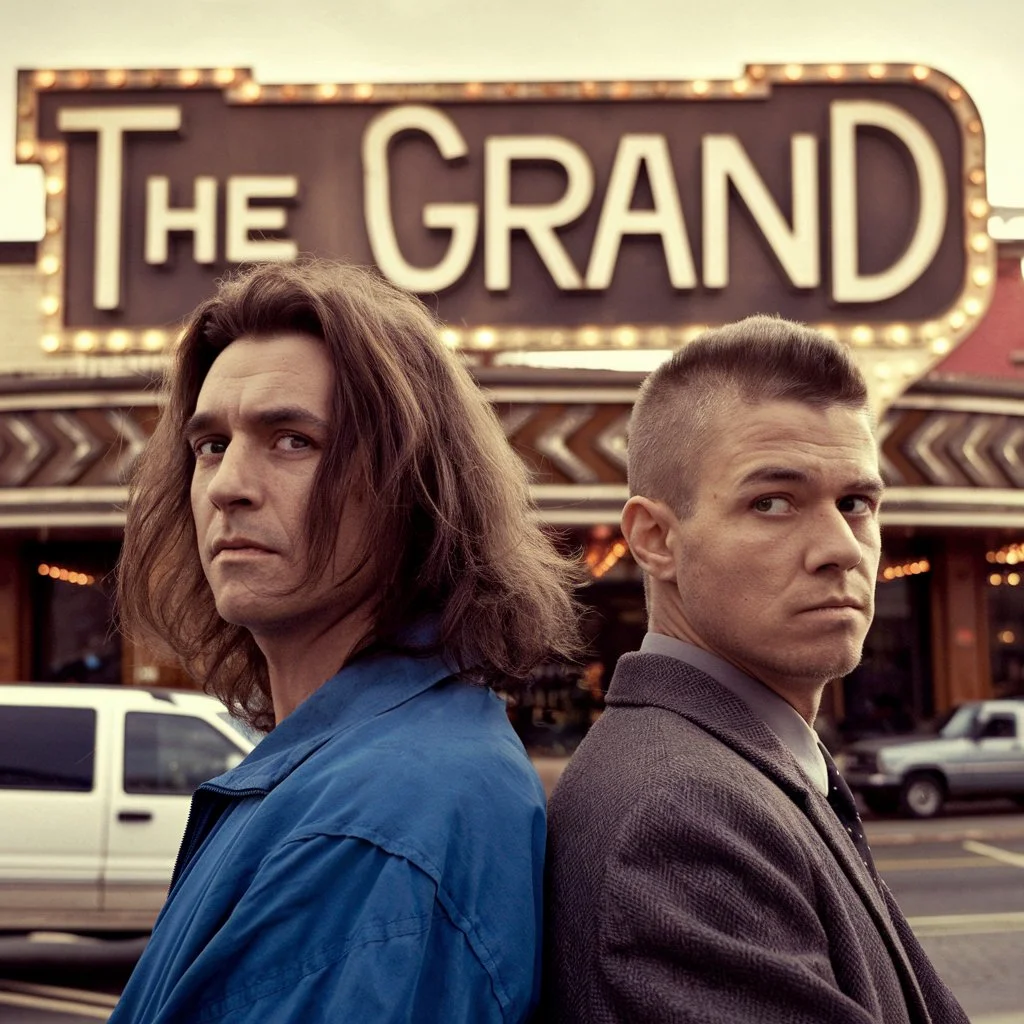
If you want to know more about 1920s Fashion Men then checkout our last blog post.
The Mullet: A Symbol of Rebellion and Versatility
One of the most iconic and controversial hairstyles of the 1980s was the mullet. The hairstyle became synonymous with the phrase “business in the front, party in the back.” Men wore the front and sides of their hair short, while the back was left long and often unruly. Initially, the mullet was popularized in rural and working class America but quickly found its way into mainstream fashion. Musicians and celebrities, such as David Bowie and Billy Ray Cyrus, helped to cement the mullet’s place in pop culture.
The mullet had a unique appeal because it combined two distinct elements order at the front and chaos at the back. This contradiction made the hairstyle popular with men who desired a look that was both professional and rebellious. The versatility of the mullet allowed it to be worn by men of all social classes and across different subcultures. As a result, the mullet became the defining hairstyle of the ’80s, representing freedom, rebellion, and individual expression. Over time, it gained a reputation for being playful and humorous, but it nonetheless remained a key fashion statement throughout the decade.
Voluminous Hair: Bigger Was Better
In the 1980s, bigger was undoubtedly better, and this applied to men’s hair as well. The trend of voluminous hair became a hallmark of the decade, especially among musicians and celebrities. Men’s hairstyles reached new heights in both literal and figurative terms, with countless products, including mousse, hairspray, and gel, being used to add volume and hold. Teased and layered hair became the norm, with men using combs, brushes, and fingers to create large, sculpted shapes. Musicians in the glam metal scene, such as Motley Crue and Bon Jovi, were the pioneers of this trend, sporting gravity defying hairdos that helped define the aesthetic of the era.
This obsession with volume went beyond just rock stars. Men in all walks of life embraced larger than life hairstyles, believing that bigger hair symbolized confidence, power, and independence. Whether it was spikes, curls, or waves, the idea was to stand out and make an impression. Men often used excessive amounts of hairspray to ensure their styles stayed intact throughout the day. Even though the look might seem extreme to modern eyes, it epitomized the exuberant spirit of the ’80s. The fascination with volume reflected the era’s overarching sense of excess be it in music, fashion, or lifestyle.
The Influence of Hair Metal and Rock Icons
The world of rock and roll had a profound impact on 1980s men’s hairstyles. In particular, hair metal bands were influential in shaping the hairstyle trends of the decade. These bands, including Guns N’ Roses, Poison, and Def Leppard, defined the glam rock movement and made long, flowing hair a signature of the genre. The glam metal look typically involved long, voluminous, and sometimes curly hair. Members of these bands spent hours styling their hair to achieve the perfect, tousled yet controlled look. Their hair often appeared wild and untamed, yet it was always impeccably shaped, giving the impression that their appearance was both rebellious and carefully crafted.
Men who adopted this look sought to emulate the lifestyle and persona of their rock idols. The hairstyle became a symbol of freedom, rebellion, and youth. It also represented a form of self expression, as musicians often used their hair to create an image that reflected their music and personal values. Musicians like Axl Rose and Jon Bon Jovi embraced long hair, associating it with both glamour and grit. The volume, texture, and shine of their hair became synonymous with the rock star lifestyle sexy, carefree, and unapologetically bold.
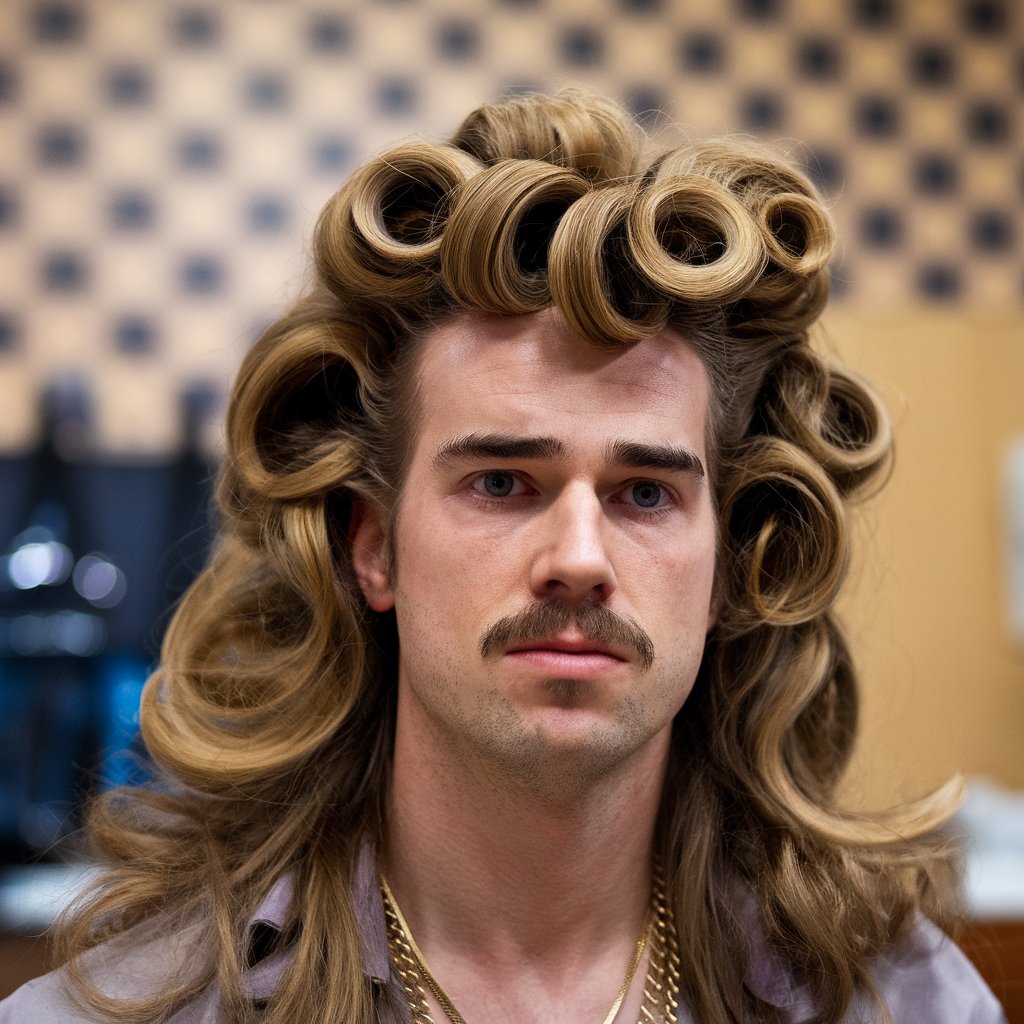
If you want to know more about 1920s Fashion Men then checkout our last blog post.
The Flat Top and High Fade: Clean, Crisp, and Cool
While the glam metal movement defined the ’80s for many, another key hairstyle trend emerged from the urban and hip hop culture. The flat top, characterized by its sharply cut top section that stood straight up, was one of the most popular looks in the African American community. This style was typically paired with a high fade, where the sides and back of the hair were shaved short, accentuating the height of the top section. The flat top became a symbol of urban youth culture, representing coolness, discipline, and style.
The flat top had significant cultural meaning. It was embraced by athletes and hip hop artists both of whom saw the look as a sign of strength, precision, and confidence. Icons like Will Smith, who wore the flat top during his early Fresh Prince of Bel Air years helped bring the style into the mainstream. The high fade flat top was also seen on basketball players. Such as Michael Jordan, who wore it throughout his early career. The hairstyle’s clean lines and geometric precision stood in contrast to the wild, voluminous hair favored by rock stars. Offering a sharp, structured alternative that appealed to men seeking a neater, more polished look.
The Jheri Curl: Glossy and Groomed
In the 1980s, the Jheri curl became one of the most recognized hairstyles for African American men. The Jheri curl was a perm that produced soft, glossy curls with a wet look. Making it one of the most glamorous styles of the era. The Jheri curl was meticulously groomed. Men who wore it often had to maintain it with specific activators and moisturizers. The style represented sophistication, confidence, and luxury, and it became especially popular among celebrities. Like Lionel Richie, Ice Cube, and Eddie Murphy.
The Jheri curl was not just a trend it symbolized a shift in the way, African American men approached hair and grooming. For many, the Jheri curl was a statement of cultural pride and individuality. As well as an embrace of beauty standards that were uniquely their own. It was also a versatile style that could be worn in various lengths, ranging from short and tight curls to longer, looser waves. Regardless of the length, the Jheri curl became associated with success, elegance, and charm. Men who wore it were often seen as fashion-forward, effortlessly blending style with self assurance.
Pop Culture Icons and Their Hair Influence
The influence of pop culture icons on 1980s men’s hairstyles cannot be overstated. Celebrities like Michael Jackson, George Michael, and Prince set trends that rippled through mainstream fashion. Michael Jackson, for instance, constantly reinvented his hairstyle to match his evolving image. From his curly, voluminous afro in the early years to the short, cropped styles of his “Bad” album, Jackson’s hair was an integral part of his persona. His ever changing hairstyles captured the attention of millions, allowing fans to connect with him on a deeper level.
George Michael’s tousled, wavy hair in his Wham! days became a signature look of the ‘80s. His hair was both relaxed and meticulously styled. Giving him a carefree yet chic appearance that embodied the era’s youthful spirit. Similarly, Prince’s hair was always unique whether in the form of an afro, waves, or curls his hair was as much a part of his eccentric boundary pushing image as his music. These pop culture figures proved that men could take risks with their hairstyles and embrace their individuality without losing their cool factor.
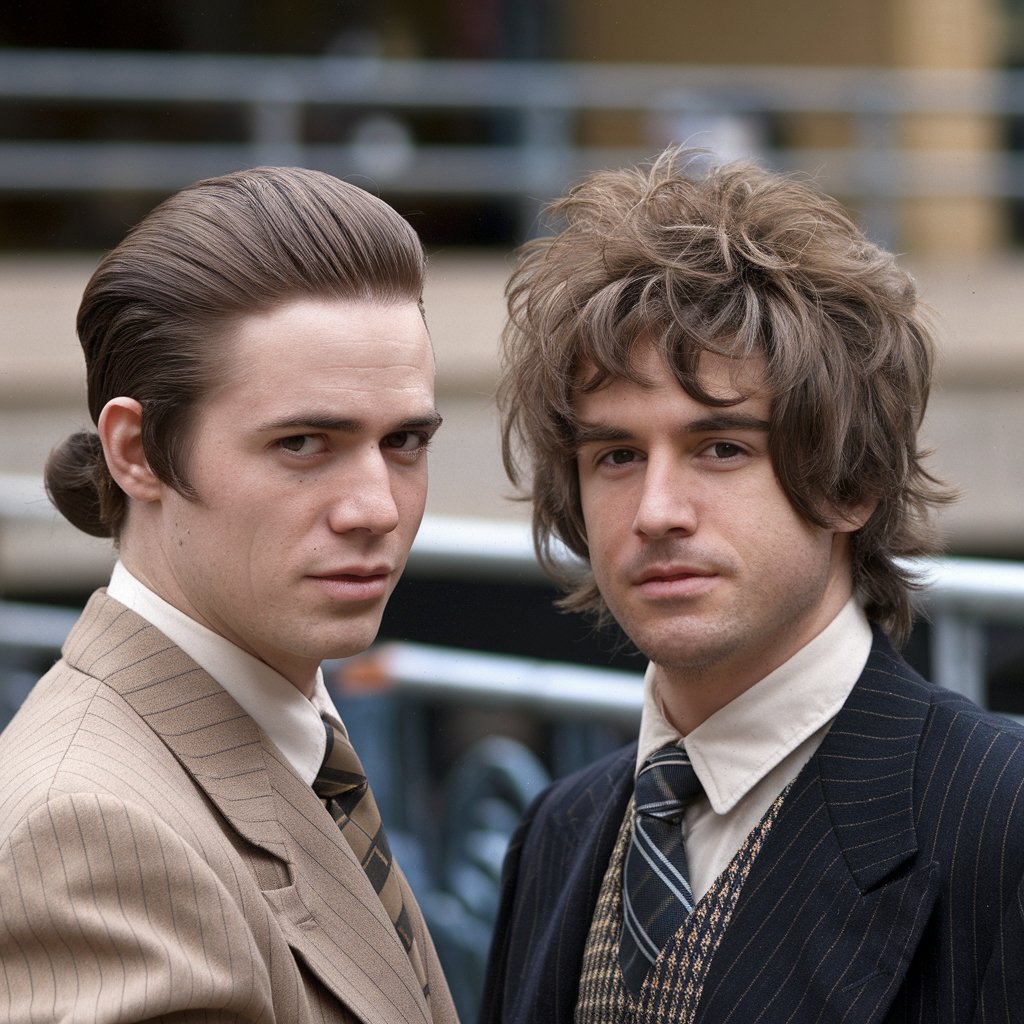
If you want to know more about 1920s Fashion Men then checkout our last blog post.
Conclusion
Men’s hair fashion in the 1980s was bold, dynamic, and full of self expression. Hairstyles during this decade were not merely about aesthetics. They were about making a statement, whether it was through the defiant, rebellious mullet or the sleek precision of the flat top. The influence of music, pop culture, and athletes played a significant role in shaping these trends. Ensuring that hairstyles became an essential part of men’s identities in 1980s Men’s Hair Fashion. Whether they were rocking voluminous glam rock hair or experimenting with the glossy Jheri curl. Men in the 1980s took pride in their hair, using it as a symbol of rebellion, sophistication, and individuality. The hair trends of the ‘80s might seem extreme today. But they will always be remembered as one of the most iconic and daring chapters in the history of men’s fashion.
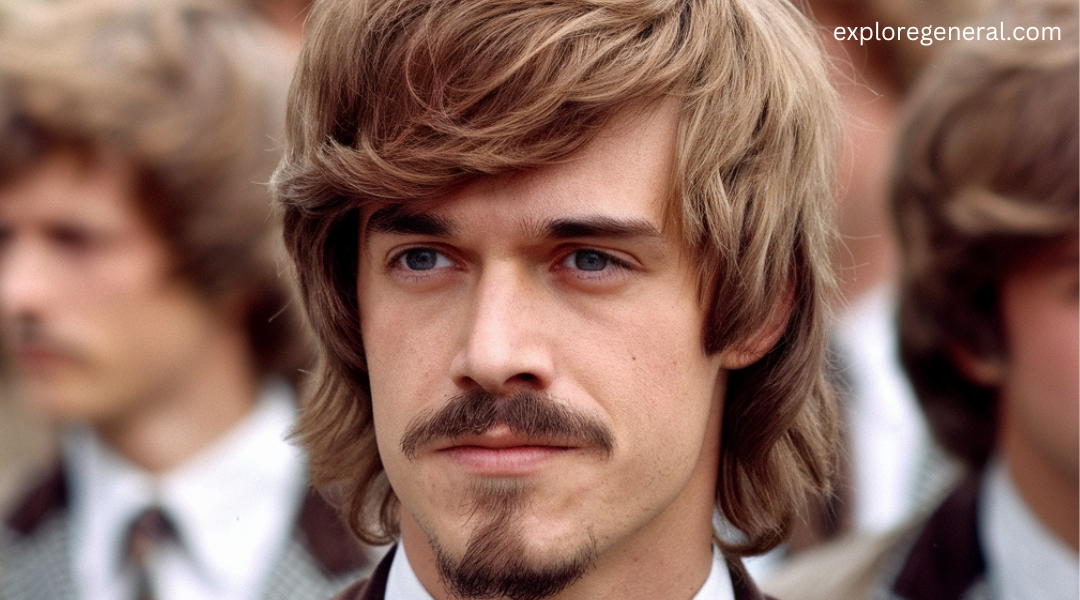
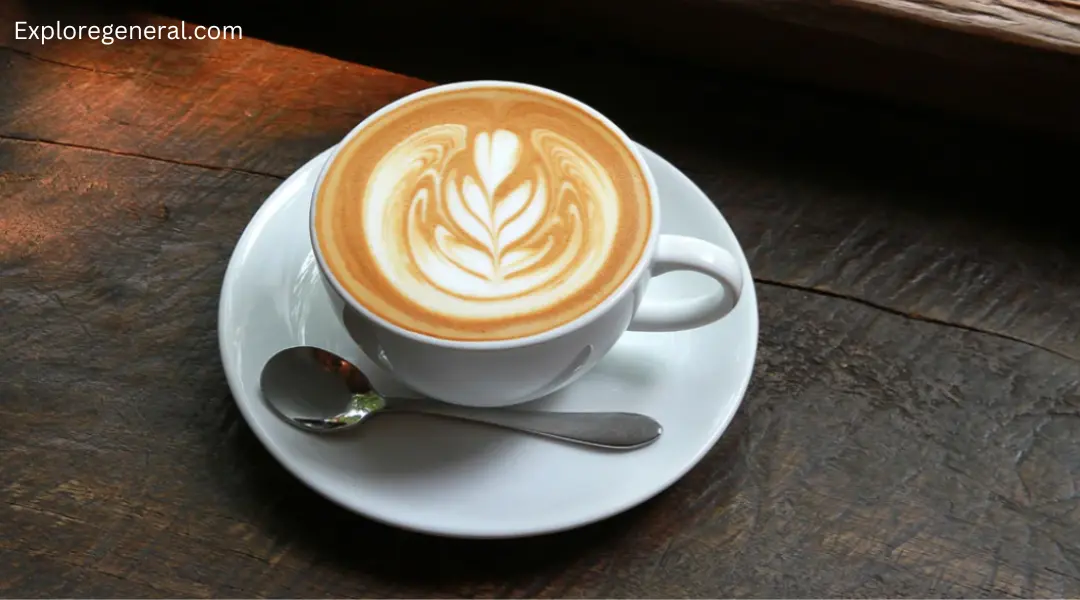
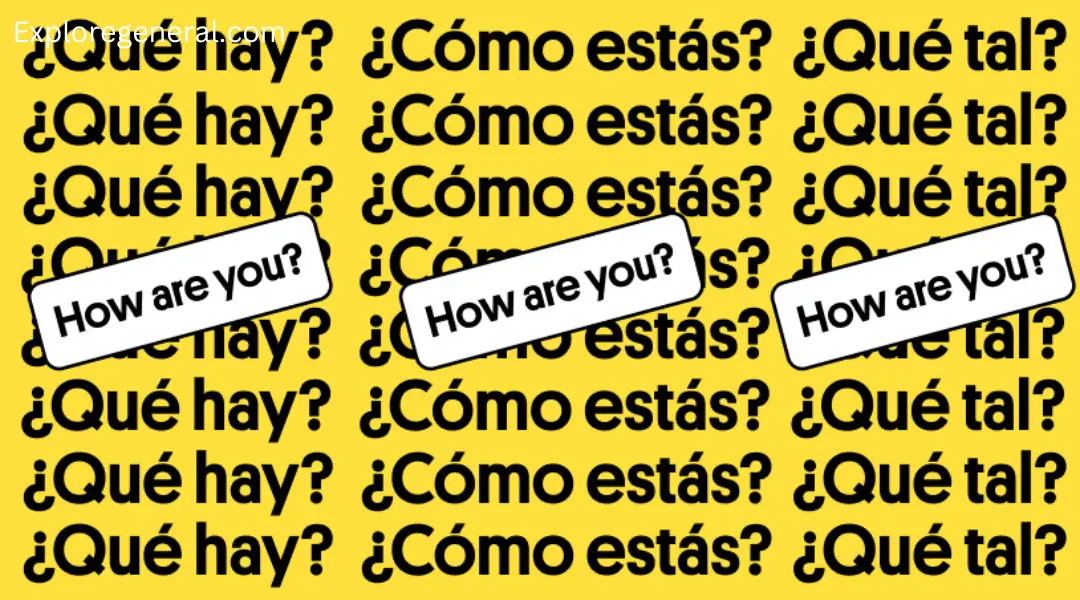
Pingback: The New York Flag: A Symbol of History, Pride, and Unity - exploregeneral.com